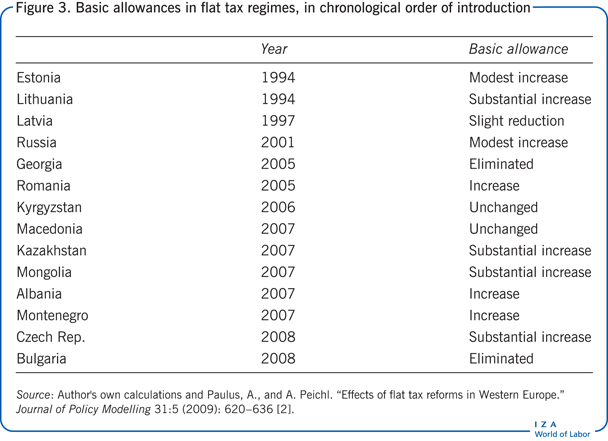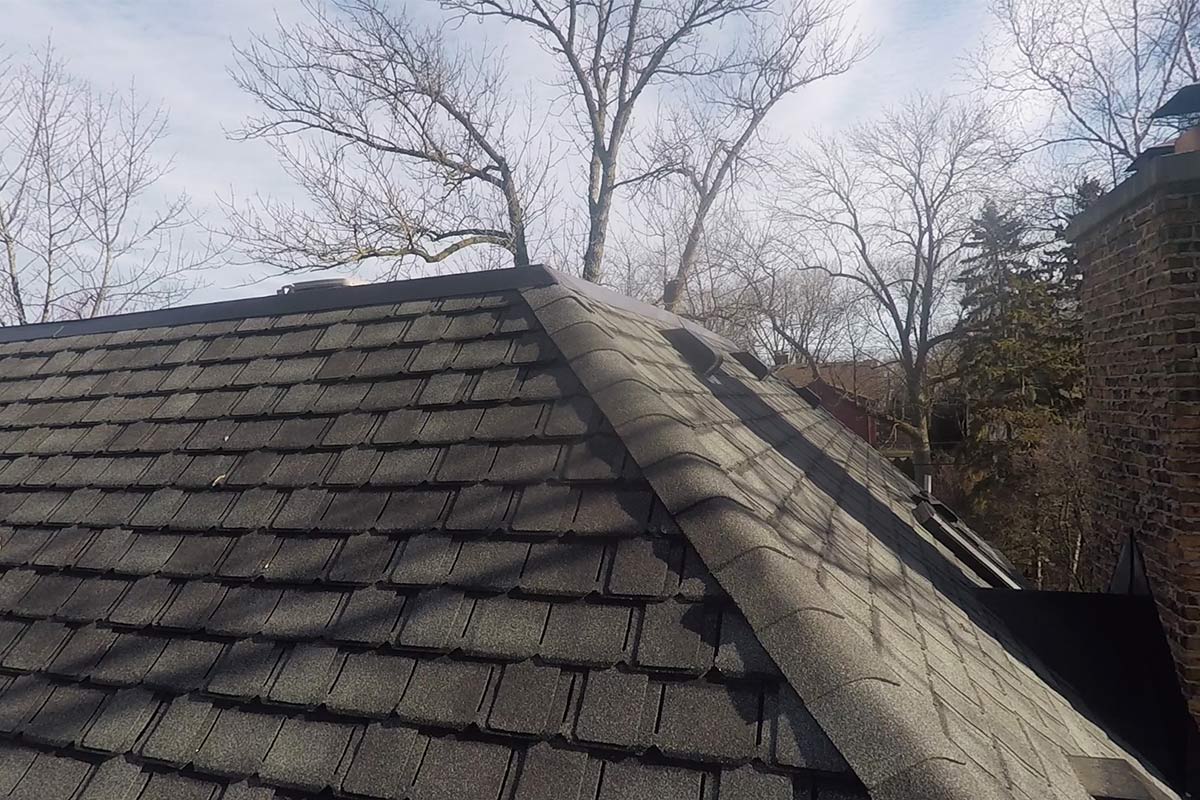
This is true, but it’s important to stop and ask what is meant by this. Supporters of flat taxes often identify the simplicity as one of their salient features. Missouri has been called into special session to adopt income tax rate cuts, but a flat tax could still be a consideration, soon if not this session, and a serious effort at adopting a flat tax is likely in Oklahoma next year. A court cleared the way for the implementation of Arizona’s transition to a 2.5 percent flat tax, which should happen, pending revenue availability, in 2024. In special session, Idaho adopted a 5.8 percent flat tax, replacing a four-bracket system. Georgia’s income tax is now scheduled to convert to a flat rate of 5.49 percent, eventually phasing down to 4.99 percent. Mississippi will have a flat tax as of next year, with a 4 percent rate by 2026. Iowa is phasing in a 3.9 percent flat individual income tax by 2026, going from a graduated-rate tax that not long ago topped out at 8.98 percent. It took more than a century for three to do so-and four states have adopted legislation to make that transition just this year, with a fifth cleared for the transition by a court decision and a two more potentially in the wings. Only five years passed between the first progressive income tax and the first flat income tax, but 75 years passed between the first progressive income tax and the first time one was transitioned from graduated to single rate. Five states had income taxes back then, with Massachusetts and Virginia both implementing them that January. The first flat tax was Massachusetts’ tax, which went into effect in 1917. The first state income tax, implemented in Wisconsin in 1912, had a two-rate structure. They joined five other states which already had flat taxes: Illinois, Indiana, Massachusetts, Michigan, and Pennsylvania. Next came North Carolina in 2014, as part of that state’s comprehensive reforms, and most recently, Kentucky implemented a single rate of 5 percent in 2019. It would take another 30 years for another state to follow suit, when Utah implemented a flat tax in 2007.
/GettyImages-985109526-3988df95090d45e19479d3da15ed964e.jpg)
In 1987, the 75th anniversary of state income taxation, Colorado replaced its half century-old graduated-rate income tax with a single-rate tax. In what is already a year of significant bipartisan focus on tax relief, 2022 is also launching something of a flat tax revolution.


Another four adopted legislation doing so this year, and a planned transition in a fifth state is now going forward under a recent court decision. In more than a century of state income taxes, only four states have ever transitioned from a graduated-rate income tax to a flat tax.


 0 kommentar(er)
0 kommentar(er)
